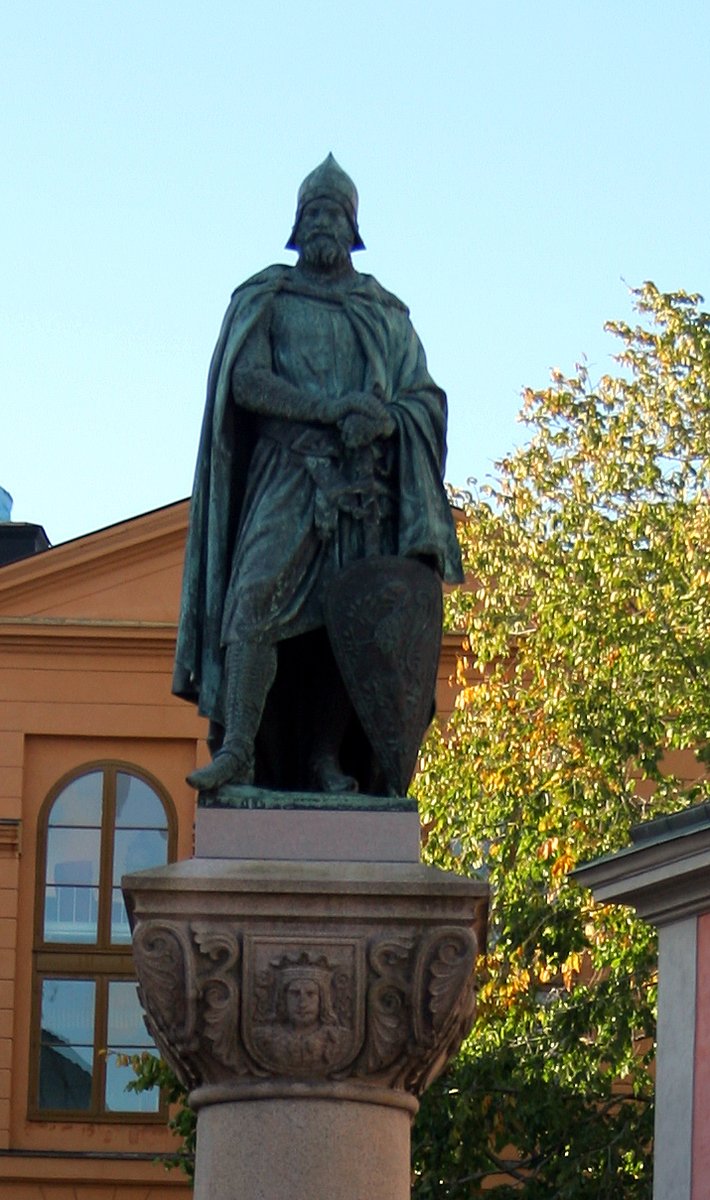Baby steps for a young nation, but with a ruler with 12 sons, each vying for a piece of it.
Story in the evening ...
Story in the evening ...
https://twitter.com/Arby_K/status/1409700892236869633
Vladimir Sviatoslavich was born around 960 to Sviatoslav, Grand Prince of Kiev and Malusha. Sviatoslav was the leader of an East Slavic tribe known as Rus', who had started organizing into a nation during the time of Sviatoslav's grandfather, Rurik and his relative, Oleg. 1/10 

The Kievan Rus' was formed near the trade route connecting Byzantium with Scandinavia. Initially centred at Novgorod, Oleg added Smolensk, Lyubech and Kiev, and made Kiev his capital. Sviatoslav added onto the Rus' state, but he died in battle against the Pechenegs in 972. 2/10 



Vladimir was designated to inherit Novgorod, while brother Iaropolk set for Kiev and Oleg in Dereva. But this led to a civil war between the brothers, with Oleg killed around 976 and Iaropolk in 980 and Vladimir annexing both their domains. 3/10 

By 977, Vladimir also conquered Polotsk after killing its ruler, Rogvolod. Vladimir had offered to marry his daughter, Rogned, but Rogvolod had refused. Vladimir invaded Polotsk, captured the region and married Rogned. 4/10 

The nation building continued under Vladimir. He invaded Poland in 981 and subdued Yatvingians & Radimichs. After defeating Pechenegs, Vladimir founded the city of Pereyaslavl at the place of his victory. Vladimir also sought allies and an opportunity came knocking in 987. 5/10 

Byzantine Emperor Basileios II was plagued by usurpers and rebels. He sought help from Vladimir and the Rus' to put down the rebellions of Bardas Skleros and Bardas Fokas. Fokas was defeated in 988, while Skleros in 989. But it didn't end there. 6/10 

A marital alliance was proposed with Vladimir marrying Anna, the sister of Emperor Basileios. In return, he had to accept Christianity. The baptism and the marriage took place in 988 at Khersones, a Greek colony in Crimea. 7/10 

The conversion of the Rus' to Christianity soon followed, but it still look a long time for all of the Rus' to switch. The connection of Russia and Greece is retained to this day, with the Russian Orthodox Church. 8/10 

Vladimir died in 1015, with a larger Rus' nation. But he had many sons and as was the norm of the time, each son was designated a part. Many principalities arose including Polotsk, Rostov, Tmutorakan, Volynia, Pereyaslavl, Turov, Novgorod, Dereva, Murom, Pskov and Smolensk. 9/10 

The principalities fought amongst each other as the Rus' nation grew slowly. Though the ruler of Kiev held the nominal authority, his power waxed and waned over time. It would take 500 years for Russia to become a nation, by which time Kiev was part of Lithuania. 10/10 

• • •
Missing some Tweet in this thread? You can try to
force a refresh



















